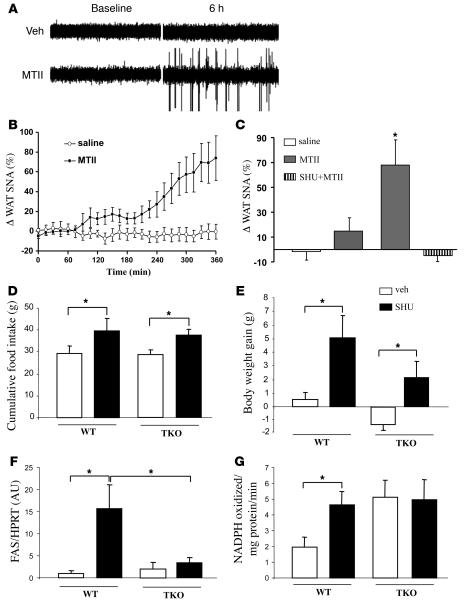Figure 4. Effects of CNS-Mcr on WAT SNA in rats and in TKO mice.
Effect of i.c.v. administration of MTII on SNA to visceral WAT in anesthetized Sprague-Dawley rats. (A) Original records of WAT SNA at baseline and 6 hours after i.c.v. injection of vehicle (Veh) or MTII (5 nmol). (B) Time course of WAT SNA response to MTII (5 nM). There was a significant difference (P < 0.001 by 2-way repeated-measures ANOVA) between the effects of MTII and vehicle on WAT SNA. (C) Dose-response effect of MTII on WAT SNA and blockade of sympathoactivation to MTII in the presence of SHU9119. SNA represent the percent change from baseline (A and B). Data represent mean ± SEM of 5–6 rats per group. *P < 0.05 versus other groups. Effect of a 7-day i.c.v. SHU9119 infusion (5 nmol/day) on cumulative food intake (D) and body weight change (E) in WT and TKO. Controls were infused i.c.v. with saline. Effect of a 7-day i.c.v. SHU9119 infusion on epididymal WAT FAS mRNA expression (F) and FAS activity (G). Data are presented as values normalized to the housekeeping gene HPRT. Values are mean ± SEM of 5–7 animals per group. *P < 0.05 versus controls.

